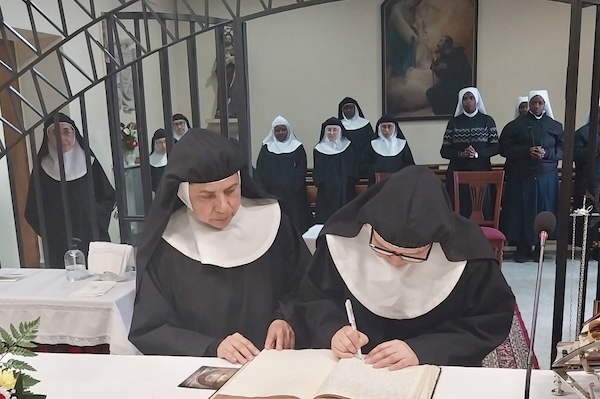Jijo Kandamkulathy, CMF
Claretian Publications, Macau
Mk 16:15-20
SOLEMNITY OF THE ASCENSION OF THE LORD – YEAR B
We are celebrating the ascension, remembering the ascent of Jesus Christ to heaven. The gospel however begins with the invitation to proclaim the gospel to every creature. The reference of preaching to every creature is an invitation to consider the whole creation and not only humans as beneficiaries of the gospel. Accordingly, we’d better have a review of the strategy of protecting only what is useful to humans and destroying what is not useful. That approach to creation will end up in exhausting what is useful and eliminating what is not useful, ending up in the loss of both. Let the gospel be good news to all creatures.
The signs of the kingdom accompanying the disciples are interestingly taken from nature. If a snake bites, it does not harm them. The tempting venom of the snake in the creation story is what brought death to Adam and Eve. In the new kingdom, the snakes will not hold a venom strong enough to kill the disciples, nor will any poison be strong enough to destroy them. This alludes to how the proclamation of the gospel is also the restoration of the harmony of the universe.
Mistaking the preaching of the gospel to an act of persuasive oratory exercise is a misconception. Jesus defines gospel as the good news of liberation to the poor, to those have become captive to sin, vision to the sightless (Lk 4:16-20). The gospels contain that liberative force and its preaching should be its liberating force in action. It includes a new vision of the whole creation based on the gospel values.
At the ascension scene, the evangelist Matthew notes that Jesus promises his accompaniment with the disciples until the end of times. It is contradictory to read that the one who leaves says that he is not leaving. So, the purpose of the ascent is to be present always. Ascension, then, does not refer to a relocation but a new way of relationship of Jesus with the Father and a new way of presence in the world until the end. The limitations that the mortal body and a location imposed on Jesus were shed forever to live and accompany his disciples to the end of times.
I personally understood this presence when my dad died. It was sudden and no amount of consoling was sufficient to soothe my grieving heart. It was then that Fr. Mathew, the Superior General of our Congregation, visited me. He asked me to think of the death of my father not as a permanent absence. He said, “He has left you, but he is closer to you now than ever.” That is true. I never had to make a phone call since then to get his advice. He is closer to me even after 14 years of his death. I discuss with him in my imaginary space any difficult decisions I have to take.
The feast of the ascension also calls for our own ascent out of what limits our full living. The earth and its cares, the body and its desires are not bad by themselves. But the cares of the body and things that are near and close to us lock us into a certain prison of self-seeking behavior.
Sometimes we identify this small world of ours as the final horizon of our lives. The feast of the ascension invites us to breach the ceiling of our prejudices and belief systems that trap us into a small world. Once we break the ceiling, we are able to see the sky of divine possibilities and of living our life to the fullest.


 Follow
Follow


